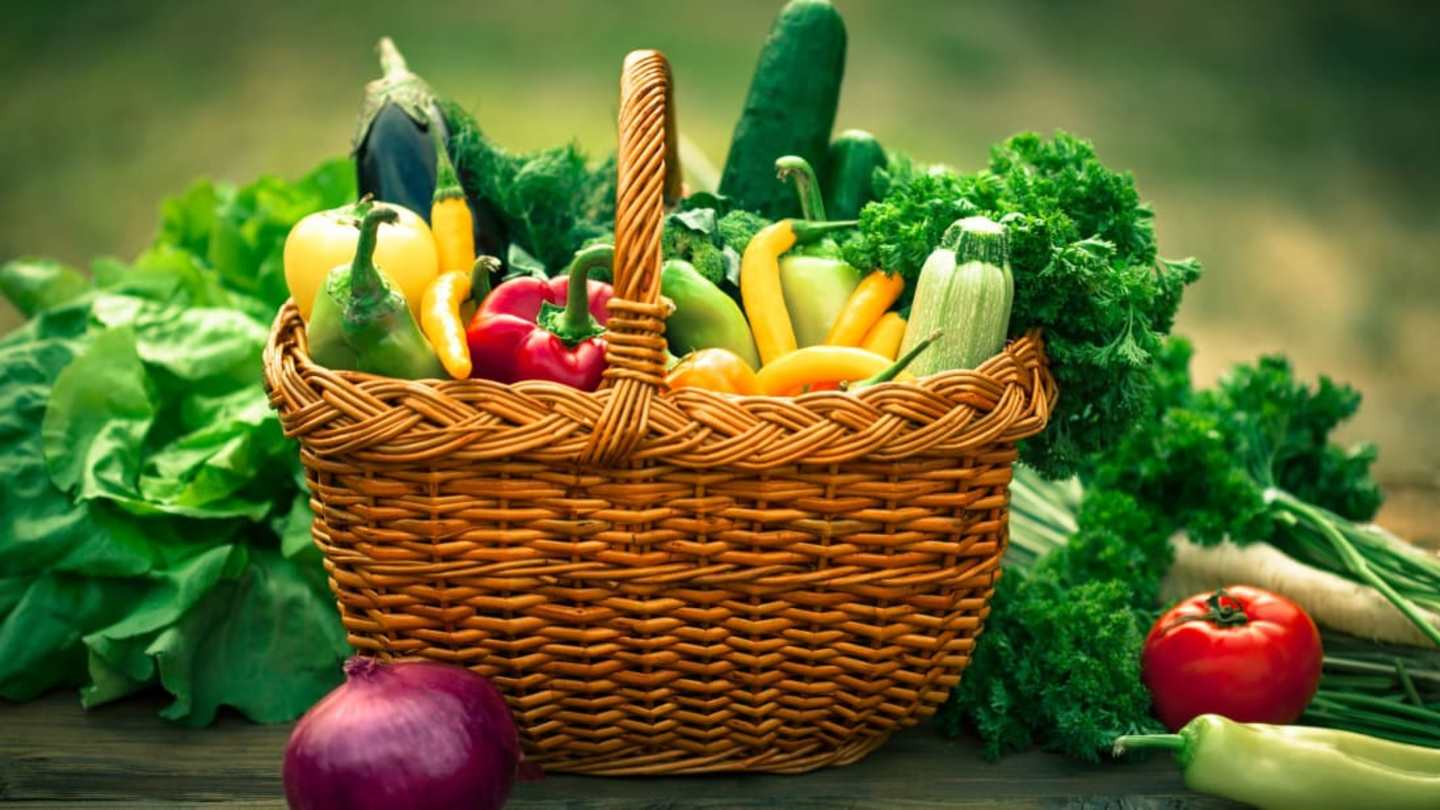The world of food classification can be surprisingly tricky! While we often categorize foods intuitively based on taste or how we use them in recipes, the scientific world takes a slightly Different Approach.
Botanically speaking, a fruit is defined as the mature ovary of a flowering plant, Containing Seeds. This definition might seem straightforward at first, but it flips our traditional understanding of fruits and vegetables on its head. Many foods we typically consider vegetables – Like Tomatoes, cucumbers, and even avocados – are actually fruits according to this botanical classification.
This article aims to shed light on this fascinating discrepancy by exploring the botanical definition of fruit and highlighting 13 Commonly Consumed Vegetables Examples that botanically fall under the category of fruit. Get ready to have your culinary perceptions challenged as we delve into the surprising world of Botanically Vegetables.
Culinary vs Botanical Classifications
The confusion surrounding fruits and vegetables often stems from the difference between culinary and botanical classifications. In our kitchens, we tend to define fruits as sweet and juicy, while vegetables are typically savory and used in main courses. This distinction is largely based on taste and how we prepare these foods.
However, Botanically Speaking, the definition of a fruit is Much More Specific. As mentioned earlier, a fruit is the mature ovary of a flowering plant, Containing Seeds. This means that many foods we Consider Vegetables, Like Tomatoes, cucumbers, and peppers, are actually fruits according to this Scientific Classification.
 Myths About Dreams: 8 Common Beliefs Debunked
Myths About Dreams: 8 Common Beliefs DebunkedEssentially, the culinary world prioritizes taste and usage, while botany focuses on the plant’s Reproductive Structures. This difference highlights how our perception of food can be influenced by cultural norms and practical applications rather Than Strict Scientific Definitions.
Fruits: The Botanical Definition
Understanding the botanical definition of a fruit is key to unraveling this Culinary Puzzle. A fruit, in its purest scientific sense, is the mature ovary of a Flowering Plant. This ovary contains one or more seeds and develops after fertilization. Think of it as the plant’s way of protecting and dispersing its offspring.
The development of a fruit often involves changes in color, texture, and even flavor as it matures. This transformation signals that it is ready to release its seeds into the environment. While we typically associate fruits with sweetness, this isn’t always the case. Some fruits, like tomatoes and avocados, start out as unpalatable green orbs Before Ripening Into Their Flavorful, More Desirable Forms.
This botanical definition helps us understand why some foods we consider vegetables, like cucumbers and peppers, are technically fruits. They all share that fundamental characteristic of a mature ovary containing seeds.
Common Vegetables That Are Botanically Fruits
Get ready to have your mind blown as we delve into a list of common foods often categorized as vegetables but are actually fruits According To Botanical definitions!
Among these surprising examples of fruit vegetables, avocados stand out with their creamy texture and rich flavor. Olives, those tiny bundles of savory goodness, also fall under this category. Corn, a staple in countless cuisines worldwide, is another example. Its kernels are technically the seeds encased within the fruit. Cucumbers, zucchini, Chayote Squash, pumpkins, okra – all these familiar vegetables are actually fruits based on their botanical structure.
Even some favorites like string beans, eggplants, peppers, tomatoes, and tomatillos share this common trait. These diverse examples demonstrate that the line between fruits and vegetables can be blurry when viewed through a Scientific Lens.
Examples and Explanations
Let’s take a closer look at some of these fascinating examples and understand why they fit the botanical definition of fruit.
Tomatoes, for instance, develop from the flower of the tomato plant and contain seeds within Their Fleshy Interior – a classic example of a fruit. Cucumbers are similar, with their seeds nestled inside the Firm Green Exterior. Similarly, avocados boast a single large seed Encased Within Their Creamy Flesh, Making Them Botanically Fruits. Peppers, including bell peppers and chili peppers, also adhere to this definition. Their pods contain numerous tiny seeds, Confirming Their Status As Fruits.
These examples of fruit vegetables demonstrate that the botanical classification can sometimes differ significantly from our culinary perceptions.
Seeds, Not Savory: Understanding the Difference
This botanical classification can be a bit mind-bending, especially when we consider the savory flavors of many of these fruits. The key takeaway is that while taste plays a significant role in Our Culinary Classifications, botany focuses on the plant’s Reproductive Structures.
A fruit’s primary function is to protect and Disperse Seeds. This explains why some fruits have a sweet or tart flavor – it attracts animals who consume them and help spread the seeds far and wide. So, while we might instinctively categorize cucumbers or peppers as vegetables due to Their Savory Nature, remembering that they contain seeds and developed from the flower helps us see them through a botanical lens.
Ultimately, understanding these distinctions can broaden our perspective on the plant world and its fascinating ways of ensuring survival.










